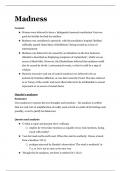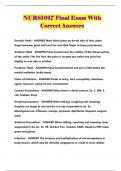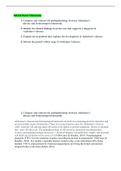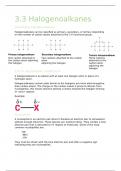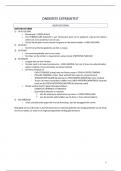Summary
Summary Hamlet Themes, Quotes, Context and Critics
- Module
- A2 Unit 4 - Shakespeare
- Institution
- WJEC
Contents: - Quotes, analysis, context and critics organised by theme (madness, gender, revenge, inaction, appearance vs reality, religion, death, the supernatural, corruption / decay / poison / disease) - Some quotes for more specific sub-themes and motifs - A bank of all of the theme-specific c...
[Show more]
